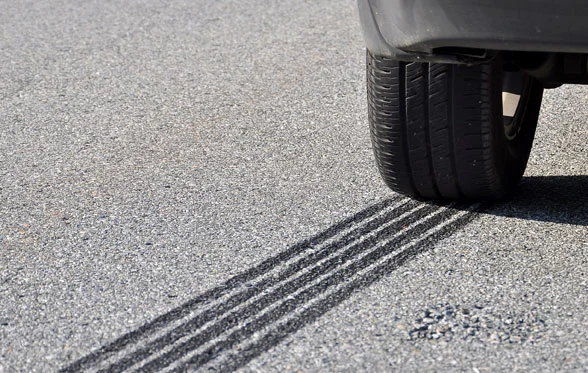In the drive to reduce the emissions from motor vehicles, hydrogen has long been recognised as being a promising "zero emissions"alternative to petrol and diesel, either for use in internal combustion engines or to power the fuel cells of fuel cell electric vehicles. For certain types of vehicle and for certain usage profiles, hydrogen fuelled vehicles can provide a more practical "zero emissions"proposition than pure battery electric vehicles.
To accommodate the future introduction of vehicles with hydrogen fuel systems, the United Nations Economic Commission for Europe (UN ECE), via a dedicated Informal Working Group, began work on developing a Global Technical Regulation (GTR) on hydrogen fuel systems in 2005. Work on developing this GTR continued for many years and the resulting Global Technical Regulation, GTR No. 13, was finally published in July 2013. After its publication, work began on transposing the requirements from GTR No. 13 into a new UN ECE Regulation and UN ECE Regulation No. 134 was published in June 2015.
Although the scope of GTR No. 13 was restricted to vehicles of Classes 1-1 and 1-2 with a GVW not exceeding 4,536kg, i.e. passenger cars, multipurpose passenger vehicle, pick-up trucks and vans, the scope of ECE 134 covered all M and N category vehicles, i.e. all passenger carrying and goods carrying motor vehicles, including buses and heavy trucks.
In early 2021, members of the International Organisation of Motor Vehicle Manufacturers (OICA) noted that some of the requirements specified in ECE 134 did not adequately cater for larger vehicles, such as buses and heavy trucks, and could effectively discourage the use of hydrogen fuel systems in those vehicle types. Therefore, to address this issue, OICA submitted some proposed amendments to ECE 134 to the UN ECE Working Party on Passive Safety (GRSP) for consideration at their meeting in May 2021.
The key changes contained in the OICA proposal can be summarised as follows:
- The introduction of an option for the manufacturer to declare the service life of the hydrogen storage system as 20 years, instead of 15 years, with associated amendments to the pressure testing and durability testing requirements when the 20 year service life option is selected. A 20 year service life is more commensurate with the expected service life of a heavy duty vehicle, such as a bus or heavy truck.
- The introduction of an alternative test procedure to demonstrate compliance with the requirements on lateral impact performance. This alternative test procedure requires an equivalent level of performance to the existing test procedure and dimensional requirements, but is more suited to the hydrogen storage container locations which are often adopted for heavy duty vehicles, e.g. on the roof of a bus or behind the cab of a heavy truck.
These amendments, which form Supplement 1 to the 01 Series of Amendments to UN ECE Regulation No. 134 were adopted by GRSP and subsequently adopted by the World Forum for Harmonisation of Vehicle Regulations (WP.29) at its 185th session in November 2021. The Supplement was formally published on September 22, 2022 and has a date of entry into force of June 22, 2022.
